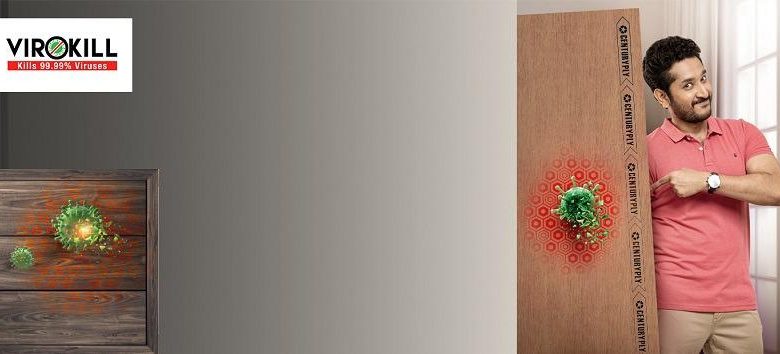What Is Sanitization And How Can You Do It Better?

Ever since we started going to school, we have been taught the importance of sanitization. Sanitization is of utmost importance when it comes to maintaining the family’s good health. Apart from teachers, parents spend a better part of their time teaching their children the importance of sanitization.
What is sanitization?
Sanitization is the process of cleaning a specific area or surface to make it bacteria-free and elementally free of all forms of microorganisms and viruses that may infect the human body and cause various diseases.
According to the World Health Organization, better water, better sanitization, and hygiene could prevent the spread of the deadly diseases.
Dirty and unhygienic places can directly lead to transmission of diseases like diarrhoea, dysentery, and cholera. Even viruses like Covid-19 can be reduced by regular sanitization of surfaces.
Now you must have an idea about the importance of proper sanitization.
Now, another important question that arises after reading these facts is, what can one do about it?
The answer is simple. People need to improve sanitation services in and around their houses.
How to improve sanitization?
There are several ways of improving sanitization around you. Here are some of the ways you can employ to improve sanitization around you.
1. Simply clean and disinfect on a regular basis:
Cleaning and disinfection actions should be tailored to the sorts of germs you want to eliminate or destroy. The flu virus may survive and potentially infect a person for up to 48 hours after being deposited on a surface, according to most studies.
Standard cleaning and disinfection techniques are adequate to eliminate or destroy flu viruses since they are rather fragile. Cleaning and disinfection techniques such as washing down walls and ceilings, using room air deodorizers periodically, and fumigating are not required or advised. These processes can irritate the eyes, nostrils, throats, and skin, as well as worsen asthma and have other dangerous consequences.
2. Clean and disinfect frequently touched surfaces and objects:
Cleaning and disinfection should be done according to conventional protocols. This usually entails disinfecting frequently handled surfaces and things such as desks, doorknobs, worktops, hands-on learning items, computer keyboards, faucet handles, toys and phones on a regular basis. Specific locations, such as bathrooms, are frequently disinfected as part of standard operations.
Clean all visible filthy surfaces and items right away. If surfaces or items have been contaminated with bodily fluids or blood, use gloves and take other normal measures to avoid contact with the fluid. Clean and disinfect the area after removing the spill.
3. Use items with caution:
Pay strict attention to product labels for hazard warnings and advice. Gloves or eye protection are frequently required while using cleaning chemicals and disinfectants. When dealing with bleach solutions, for example, gloves should always be used to protect your hands.
If the labels suggest that mixing cleansers and disinfectants is safe, do so. Certain materials (such as chlorine bleach and ammonia cleansers) can cause significant harm or death when used together.
4. Correctly clean and disinfect:
When using cleaning chemicals or disinfectants, always read the labels on the bottles. To get rid of bacteria, clean surfaces with a standard home cleanser. To destroy bacteria, rinse with water and then use an EPA-registered disinfectant. Check the label to see if the product has been authorised by the EPA for use against the influenza A virus.
If a surface does not appear to be unclean, use an EPA-registered product that cleans (removes germs) and disinfects (kills germs). Always read the label guidelines carefully before using the product as a cleaning or disinfectant, since there may be a different technique for each. In most cases, disinfection necessitates the substance being on the surface for a period of time (e.g., letting it stand for 3 to 5 minutes).
Disinfect frequently handled electronic devices, such as phones and laptops, with disinfectant wipes. When using disinfectant wipes, follow the instructions carefully. To maintain the surface moist for the given period of contact time, you may need to use more than one wipe. Check to see if the electronics can tolerate cleaning and disinfection with liquids.
How to protect your home from diseases apart from Sanitization?
Apart from sanitization, you can use anti-viral plywood to keep your home safe from viruses and diseases. CenturyPly has produced its amazing Virokill Plywood in India. This plywood is made using advanced technology that fights the nanoparticles when they come in contact with the wood. Apart from that, it is completely bacteria resistant and is also meant to provide complete protection to your home under all weather conditions.
The Virokill technology has made it the best plywood in India as it kills more than 99% of viruses, bacteria & fungus (microbes) through the contact-killing mechanism, making it the safest choice for your home.
Therefore, if you feel the risk your family members are exposed to on a daily basis, you should get this plywood and offer complete protection to your homes from the harmful bacteria.
